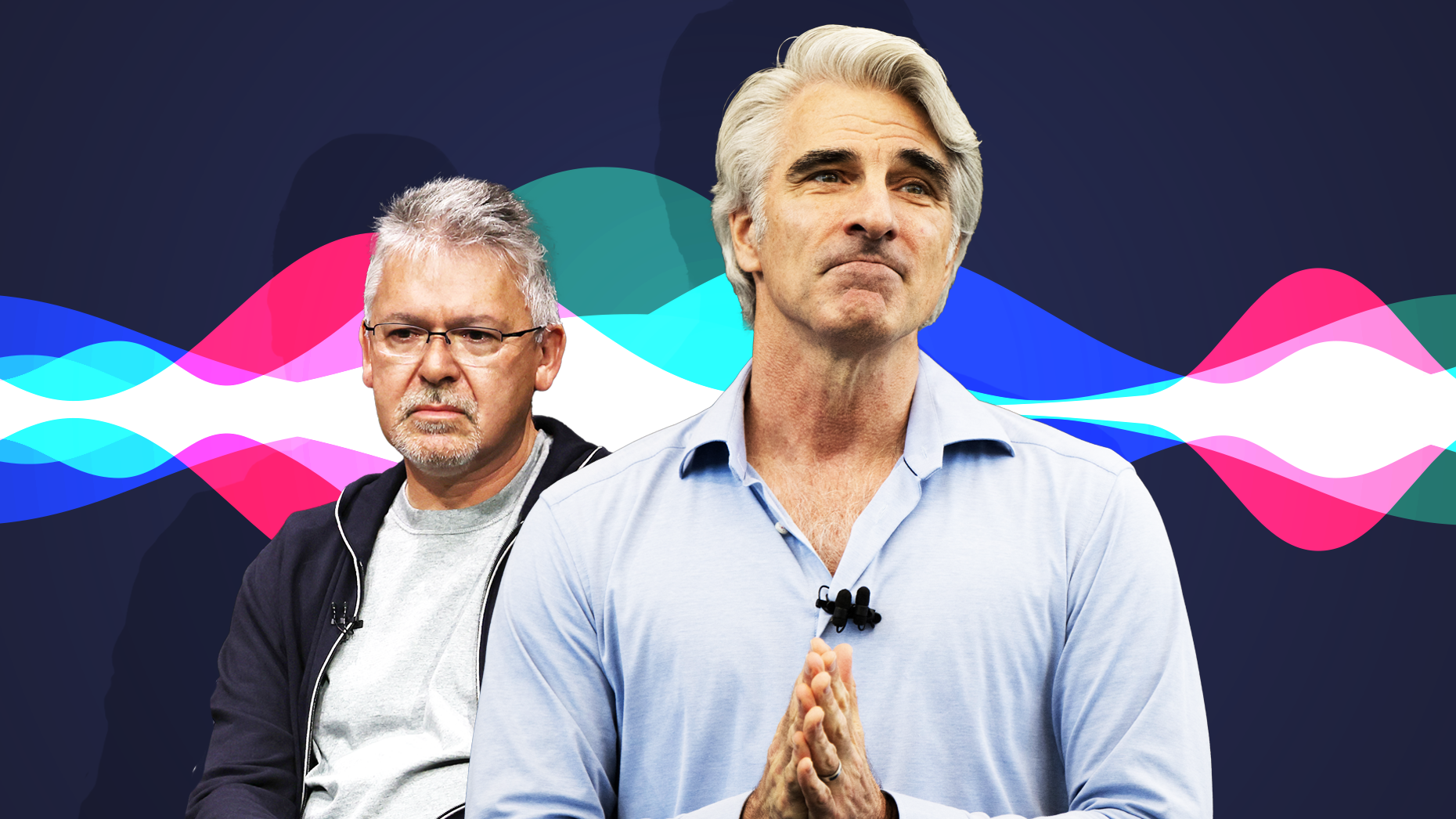Greetings,
Remember that splashy demo at Apple's developer conference last June, promising a supercharged, AI-infused Siri? Well, as Wayne Ma reports in How Apple Fumbled Siri's AI Makeover, the reality behind the scenes was... messy.
The Siri team was all over the map, initially considering separate "Mini Mouse" and "Mighty Mouse" AI models before abruptly pivoting to a single cloud-based system, a move away from their privacy stance. These technical flip-flops led to staff frustration and the delay of the new Siri features to 2026. Ouch.
Here's what made me raise an eyebrow:
- The indecision wasn't just technical; it sounds like leadership struggles played a huge role. The AI chief and his lieutenant have now been sidelined, with software engineering head Craig Federighi taking over.
- The internal nickname for the AI group? "AIMLess." That pretty much sums up the perception of their execution within Apple.
- Even the demo that wowed everyone might have been more smoke and mirrors than actual working features.
This isn't just a Siri problem. As the article points out, figuring out AI is crucial for Apple to maintain its edge with the iPhone and its other products. Their deep-seated commitment to privacy, while admirable, has also created hurdles in accessing the massive datasets needed for training AI.
It sounds like Federighi and the new team have their work cut out for them. Let's see if they can finally get Siri's AI act together.
Read the full story to get the inside scoop on Apple's AI stumbles.
Best,
Jessica Lessin
Founder & Editor-in-Chief

Last June, at Apple's annual developers conference, the company offered a dazzling demonstration of how artificial intelligence could supercharge Siri, the iPhone's virtual assistant. But behind the scenes and in the months that followed, the Siri team couldn't make up its mind about the basic technology needed to make it all work.
One option they considered was to build small and large language models, which they dubbed Mini Mouse and Mighty Mouse, according to a former Apple employee familiar with the effort. The small model would run on a user's iPhone and handle simple tasks, such as setting an alarm using Siri. The large model would run in the cloud and perform more-complex chores, like automatically booking an Uber to get an iPhone user to their next meeting.

0 comentários:
Postar um comentário